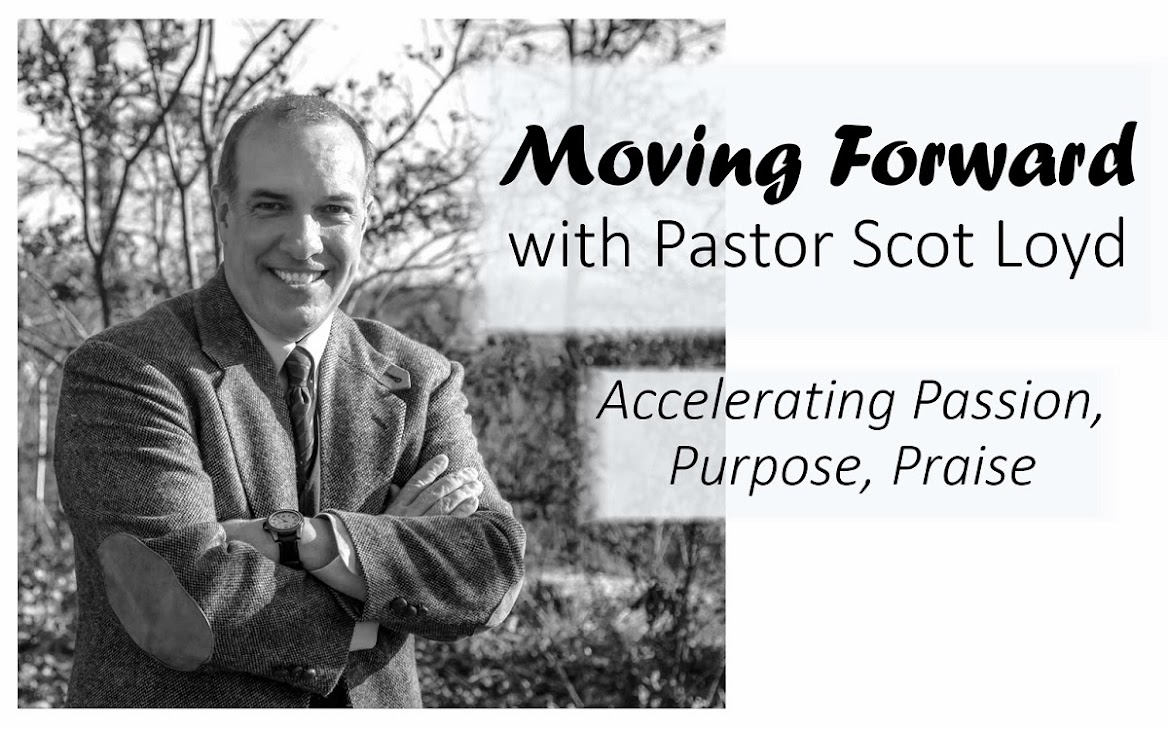In our individual and collective imagined worlds there is this thing called religion. Religion is our imagined perception of who or what governs our worlds.
Everyone views the world from a particular perspective.
Philosopher Charles Taylor calls this worldview a “social imaginary”. This
phrase is illustrative of how our worldview orders what we imagine the world to
be; for good or for bad. In our individual and collective imagined worlds there
is this thing called religion. Religion is our imagined perception of who or
what governs our worlds. Religion is shaped by our experiences as well as
influences from our biological and extended families. Culture and education
play a role in its development as well. And all of us worship at the altars of
our religion.
Liturgies are forms and rituals that order public worship. Most often these acts of public worship manifest themselves in the form of our personal habits.
This is true for the deist, agnostic, and atheist alike. Religion
may or may not have a divine being as its object. These religions have their
own sets of liturgies. Liturgies are forms and rituals that order public
worship. Most often these acts of public worship manifest themselves in the
form of our personal habits. Author David Brooks points out in his work The Social Animal: “The person with good
character has taught herself, or been taught by those around her, to see
situations in the right way. When she sees something the right way, she’s
rigged the game. She’s triggered a whole network of unconscious judgments and
responses in her mind, biasing her to act in a certain manner.”
It is a relatively novel moment historically, that makes it possible to “imagine a universe where there is no God.”
So then whether
we act in a socially acceptable “good” or “bad” way is framed by our own set of
“social imaginaries,” and the extent to which we have been conformed to those
imposed images. For example, as Charles Taylor points out, it is a relatively
novel moment historically, that makes it possible to “imagine a universe where
there is no God.” Historically speaking, it wasn’t that long ago that it would
have been impossible for atheism or agnosticism to enter the mind of an individual,
as that thought would simply have not entered an individual’s mind,
specifically because it wasn’t part of the cultural frame. But because the
perspectives by which we may frame the world have been broadened, it is now an
acceptable perspective.
Yet even this perspective has its religious overtones.
Atheism and agnosticism have their own cultural liturgies. James K.A. Smith
writes, “When you put on these liturgical lenses, you’ll see the stadium in a
whole new way, as a temple of nationalism and militarism. When you look at the
university with liturgical eyes, you’ll start to realize that the “ideas” and
“messages” of the university are often less significant than the rituals of
frat parties and campus athletics. When we stop worrying about smartphones just
in terms of content (what we’re looking at) and start to consider rituals that
tether us to them throughout the day, we’ll notice that the very form of the
practice comes loaded with an egocentric vision that makes me the center of the
universe.” You see, everyone worships. Mostly we worship ourselves.



No comments :
Post a Comment